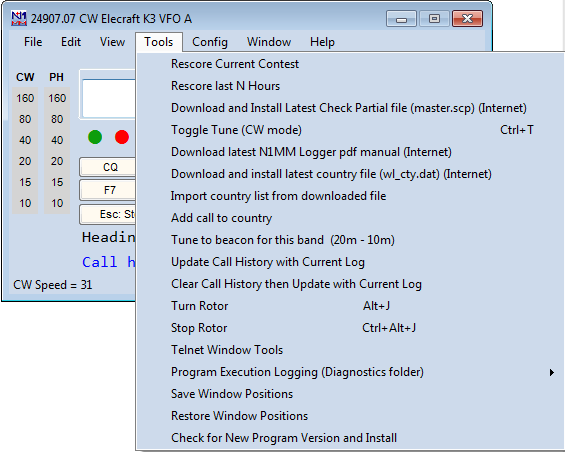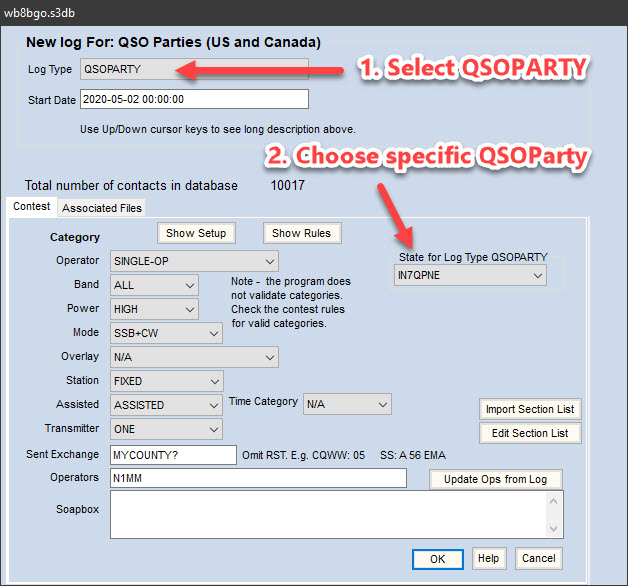
Some contests have several exchange fields. The entry line is divided into fields, most of them are read-only like QSO number, band, mode, time, etc.Įach contest has at least callsign and one exchange field. The "old school" method of changing the callsign of the QSO to your own is also supported. This is done by navigating to the QSO and pressing. In the spirit of old school contest logging, You can modify a logged QSO but not delete it.Using the arrow keys, moving up past the top The log and the entry lines are connected.Top or beside each other and, unless you are using dual keyboards, you move between themĭXLog shares many characteristics with other loggers but for those used to e.g. Most recent log entries in fixed locations in the main window. It also allows other applications that have the ability to stay "on top" to do this also with DXLog.ĭXLog follows the tradition of many other loggers and have one or two entry lines and the nine The logger and another application, such as a web browser, with. There are many benefits with this, for instance the fact that you can rapidly switch between

N1MM Logger+, DXLog's default setting is to use a main window, a "desktop". Should very rarely have to take your hands off the keyboard.Ĭontrary to e.g. It is keyboard-centric and designed so you Keyboard shortcuts and other UI elements.

Some like a particular style, some don't.ĭXLog has a classic look and feel and builds on a long tradition when it comes to Contest loggers are a little like clothes.


 0 kommentar(er)
0 kommentar(er)
